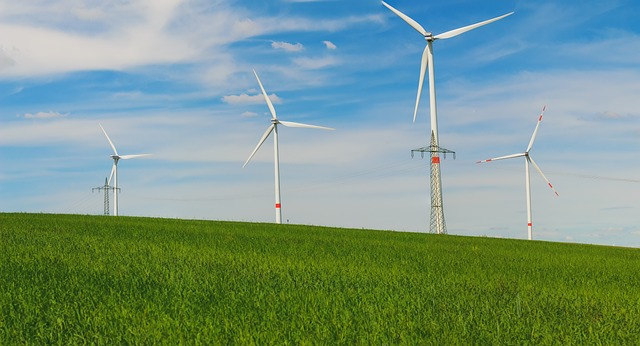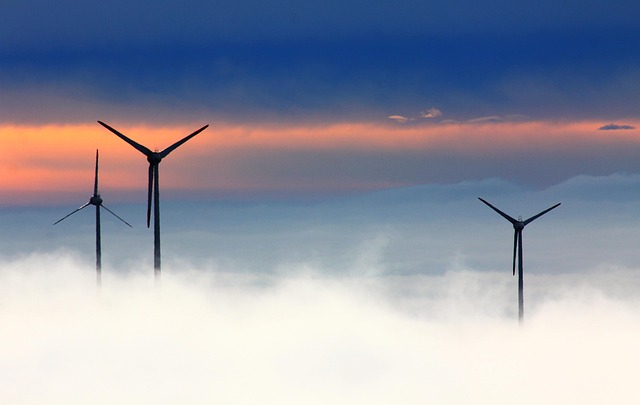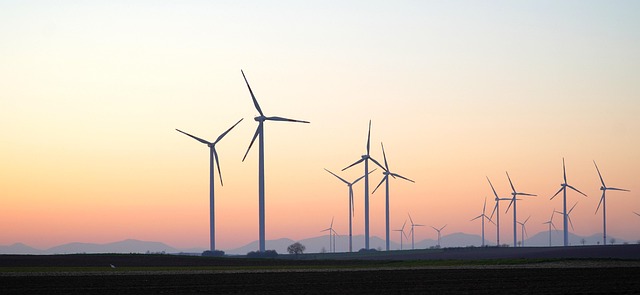Wind Power Myths Busted: What You Need to Know
As the world increasingly turns to renewable energy sources, wind power has emerged as one of the most viable and sustainable options. However, despite its growing popularity and the significant progress made in technology, several myths and misconceptions about wind power persist. This article aims to debunk these myths, enabling readers to better understand the true nature of wind energy and its role in our energy landscape.
Understanding Wind Energy
Before diving into the myths surrounding wind power, it is essential to grasp what wind energy is and how it works. Wind energy is generated by converting the kinetic energy produced from wind into electricity using wind turbines. The process typically involves three main components:
1. Wind Turbines: The most visible symbols of wind energy, these structures consist of large blades that rotate when the wind blows. The rotation drives a generator, which produces electricity.
2. Wind Farms: These are large areas where multiple wind turbines are installed, collectively generating significant amounts of energy. Wind farms can be found both on land and offshore.
3. Power Grid Integration: Once electricity is generated, it is transmitted through the power grid to homes, businesses, and industries, providing a clean source of energy for various applications.
Myth 1: Wind Power Is Inefficient
One of the most prevalent myths is that wind power is inefficient and cannot reliably produce electricity. Critics argue that wind energy relies too heavily on weather conditions and that its output can be variable. While it’s true that wind energy is dependent on wind availability, advances in technology have made wind turbines more efficient and capable of generating power even at low wind speeds.
Moreover, modern wind farms are often developed with sophisticated predictive models that enable energy managers to forecast wind patterns and optimize energy production. In addition, wind power can be easily integrated with other renewable energy sources, creating a diverse energy mix that can better meet demand, even when wind conditions are suboptimal.
Myth 2: Wind Turbines Are Dangerous to Wildlife
Critics frequently highlight the impact of wind turbines on local wildlife, particularly birds and bats. However, studies show that alternatives such as fossil fuels are far more harmful to wildlife than wind energy. For example, a report from the U.S. Fish and Wildlife Service indicates that thousands of birds die each year due to collisions with buildings, vehicles, and power lines, far exceeding the mortality rates attributable to wind turbines.
To minimize the impact on wildlife, wind energy developers are implementing innovative practices, such as careful site selection, turbine design improvements, and operational changes during migratory seasons. As a result, the environmental benefits of using wind power significantly outweigh the potential harms.
Myth 3: Wind Power Requires Too Much Land
Another common misconception is that wind farms require excessive amounts of land, detracting from agriculture or natural habitats. While it is true that wind farms take up space, the land can still be used for other purposes. In fact, many wind farms are located on agricultural land, allowing farmers to continue cultivating crops or grazing livestock between turbine installations.
The actual footprint of a wind turbine is relatively small, and a significant portion of the land within a wind farm remains undisturbed. Furthermore, compared to fossil fuel extraction, wind energy has a minimal impact on land use and is a vital pathway toward more sustainable land management practices.
Myth 4: Wind Energy Is Not a Reliable Source of Power
Critics often argue that wind energy is too unpredictable to contribute substantially to the power supply. While wind patterns do fluctuate, they can be forecasted with reasonable accuracy, allowing grid operators to plan for energy fluctuations. The benefits of wind energy become even more pronounced when it is part of a diverse energy mix. By combining wind power with solar, hydro, and other renewables, we create a more resilient energy future that can better respond to variable conditions.
Moreover, energy storage technologies, such as batteries and pumped hydroelectric storage, are advancing rapidly and can help address the intermittency of wind energy. These innovations are enabling grid operators to store excess energy generated during peak wind times and deploy it when demand is greater, further solidifying wind energy’s role in a reliable power supply.
Myth 5: Wind Power Is Too Expensive
Another argument against wind energy is its perceived high cost. However, the reality is that the cost of wind power has plummeted over the past decade, making it one of the most affordable energy sources available. Improved technology, economies of scale, and increased competition in the energy market have all contributed to lower costs.
According to the International Renewable Energy Agency (IRENA), the global weighted average levelized cost of electricity (LCOE) for onshore wind fell by 41% between 2010 and 2018. Additionally, many regions are now seeing wind energy prices fall below that of natural gas and coal. As financial incentives and subsidies for renewable energy continue to evolve, wind power will likely become even more competitive in the coming years.
Myth 6: Wind Turbines Are Ugly and Diminish Property Values
A common concern among those living near proposed wind farms is the aesthetic impact and the fear that property values will decrease as a result. However, studies regarding the effect of wind turbines on property values yield mixed results. Many homeowners near wind farms report no significant change in their property values, while some surveys even indicate that wind energy can enhance property values in some areas due to the shift towards sustainability and clean energy.
The perception of aesthetics is often subjective, and while some individuals may find wind turbines visually unappealing, others appreciate their role in promoting clean energy and combating climate change. Community engagement during the planning process can help mitigate concerns and find a balance that respects local sentiments.
Myth 7: Wind Energy Can’t Power Our Future
One of the most significant myths about wind power is that it cannot provide enough energy to meet global demands. In reality, wind energy has the potential to supply a substantial portion of the world’s energy needs. According to the Global Wind Energy Council, if we harnessed just 20% of the world’s wind potential, it could power the entire planet multiple times over.
Countries like Denmark and Germany are already leading the way in harnessing wind energy, demonstrating its vast potential. Denmark produced over 47% of its electricity from wind in 2019, while the proportion in Germany is also growing steadily. Wind energy is not just a small part of the solution; it can play a critical role in achieving energy independence and reducing reliance on fossil fuels.
Conclusion: Embracing Wind Energy for a Sustainable Future
As renewable energy sources become increasingly crucial in the fight against climate change, debunking myths about wind power is essential for fostering public understanding and acceptance. Wind energy is efficient, economically viable, supportive of wildlife, and capable of providing a substantial portion of our energy needs.
By embracing wind power, we can work toward a sustainable future that reduces our carbon footprint and promotes clean, renewable energy sources. The transition may not always be easy, but it is a critical step in ensuring a better planet for generations to come. With continued innovation and commitment, the wind can indeed be a powerful ally in the quest for energy sustainability.



